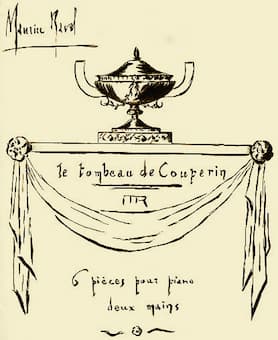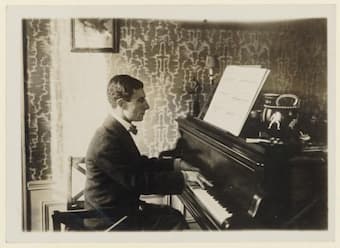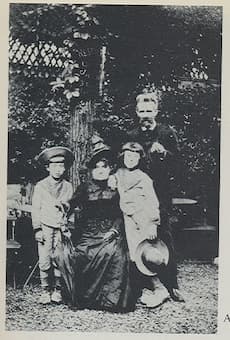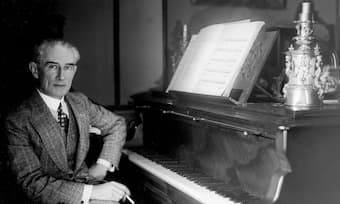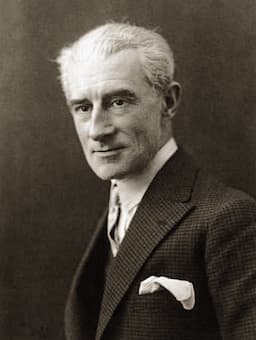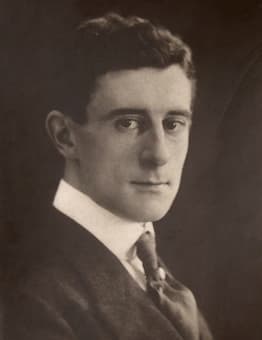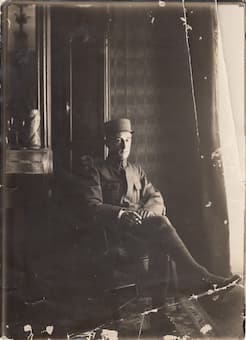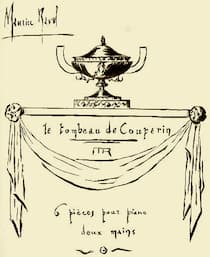The Great War, as World War I was known at the time, inspired many works of music, often set to poetry. Maurice Ravel took inspiration from his many dead friends to create a piano work, Le tombeau de Couperin (1914-1917),
Ravel
On 21 September 1927, Anton Webern penned an extended letter to Maurice Ravel. “Although we have never met, I write on behalf of my mentor Arnold Schoenberg to express his thanks for all your efforts to facilitate his upcoming appearance
Maurice Ravel was born on 7 March 1875 in the Basque town Ciboure, Basses-Pyrénées located in France, situated close to the Spanish border near Biarritz. It was the village where his Basque mother, Marie Ravel, née Delouart, was born and
The promising career of pianist Paul Wittgenstein (1887-1961), older brother of the philosopher Ludwig Wittgenstein was seemingly cut short by events of World War I. Paul had given his debut recital in December of 1913, an event that was enthusiastically
In the early morning hours of 28 December 1937, Maurice Ravel lapsed into a coma and died aged 62. The composer had entered a clinic on rue Boileau in Paris for neurological tests. In the event, exploratory brain surgery—apparently without
Composed between 1919 and 1921, La Valse by Maurice Ravel premiered on 12th December 1920 in Paris. On that occasion, Camille Chevillard conducted the Lamoureux Orchestra of Paris in a performance of the orchestral version. Ravel and Alfredo Casella had
Nestled somewhere in Ravel’s output there resides a curious set of piano pieces, entitled Le Tombeau de Couperin – literally, Couperin’s Tomb. The set of six piano pieces were composed between 1914 and 1917; four of the six then went
Popular in concert programmes and a staple of the pianist’s repertoire, Ravel’s Tombeau de Couperin is the last work he wrote for solo piano. It cleverly melds his sensibilities with a full appreciation of his Baroque antecedents, notably the brilliant

